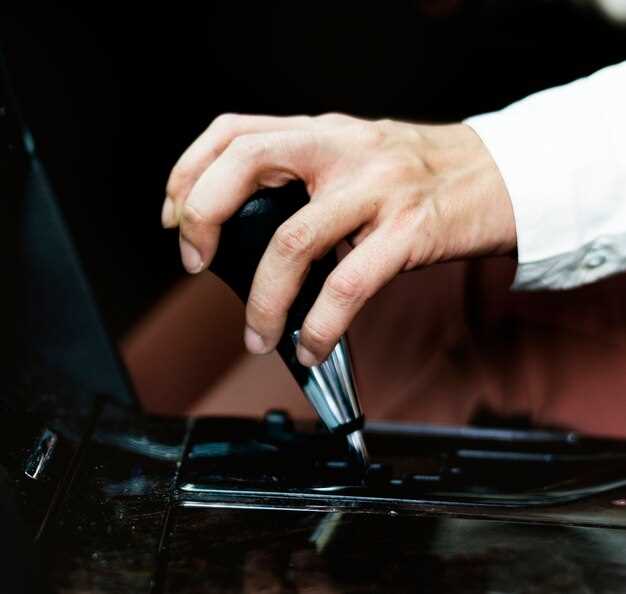How to File a Claim for a Classic Car

When it comes to owning a classic vehicle, preserving its value is as important as enjoying its unique charm and driving experience. However, accidents can happen, and understanding how to effectively file a claim can make all the difference in ensuring your beloved classic car is restored to its former glory. Filing a classic car insurance claim involves specific steps that take into account the unique characteristics of vintage vehicles.
To navigate the claims process successfully, it is essential to be well-informed about your insurance policy and the procedures outlined by your provider. Documenting the damage thoroughly and accurately is crucial; this means taking clear photographs and gathering all pertinent details immediately following an incident. Knowing how to present your case will ultimately influence the speed and outcomes of your claim.
Additionally, understanding the specific coverage options tailored for classic cars is vital. Classic car insurance often includes unique provisions that differ from standard vehicle policies, making it imperative to communicate the distinctive aspects of your vehicle when filing your claim. By following these guidelines, you enhance your chances of a favorable resolution, ensuring that your classic vehicle remains a cherished part of your life.
Understanding the Classic Car Insurance Policy Before Filing a Claim
Before submitting a claim for your classic vehicle, it is essential to thoroughly understand the specifics of your classic car insurance policy. Not all insurance policies are created equal, and there are often unique terms and conditions associated with classic car coverage.
Firstly, familiarize yourself with the coverage limits outlined in your policy. Classic car insurance often includes agreed value coverage, meaning you and your insurer agree on a certain amount for your vehicle before an incident occurs. This is crucial because it determines the compensation you will receive in the event of a claim.
Additionally, examine what types of incidents are covered. For classic vehicles, policies may include protections against theft, vandalism, and damages incurred while driving. Ensure you know the procedures for reporting these incidents, as failure to follow proper protocols can result in denied claims.
Another critical aspect to consider is the deductible associated with your insurance policy. Higher deductibles generally lead to lower premium payments but may result in more out-of-pocket expenses during a claim. Assess your financial readiness to cover this deductible if a claim arises.
Lastly, take note of the claims process specified by your insurer. This includes required documentation, time frames for reporting claims, and any additional steps you must take. Being well-versed in your insurance policy not only prepares you to file a claim effectively but also ensures that you receive the full benefits for your beloved vehicle.
Gathering Documentation and Evidence for Your Claim

When filing a claim for your classic vehicle, it is essential to gather comprehensive documentation and evidence to support your case. Proper preparation can significantly affect the outcome of your insurance claim.
Start by collecting all relevant paperwork related to your classic car. This includes your insurance policy documents, registration, and any previous appraisal reports that outline the vehicle’s value. Having these documents readily available will help establish the legitimacy of your claim.
Take clear, high-quality photographs of your classic vehicle from multiple angles. Ensure that you capture any damages sustained during the incident, as well as the condition of the car prior to the occurrence. These visual records are crucial in substantiating your claim and demonstrating the extent of any damage.
Compile any repair estimates or bills that pertain to the damages. If you have already sought estimates from repair shops, include these in your documentation. This information will help your insurance adjuster understand the cost implications and repair needs of your classic vehicle.
If applicable, gather any relevant police reports, especially in cases involving theft or accidents. These documents serve as official evidence and can provide critical details regarding the incident.
Lastly, maintain a record of all communications with your insurance company, including phone calls, emails, and notes from conversations. Documenting your interactions creates a timeline and can assist in the processing of your claim.
Thoroughly gathering documentation and evidence is paramount in ensuring your classic car insurance claim is handled efficiently and effectively.
Navigating the Claims Process with Your Insurance Provider

When it comes to filing a classic car insurance claim, understanding the process can significantly impact the outcome. Start by notifying your insurance provider as soon as an incident occurs. Most companies require prompt reporting to assess damages accurately and process your claim efficiently.
Gather all relevant documentation, including photographs of the damage, witness statements, and any police reports, if applicable. This evidence will be crucial in supporting your claim. Your insurance provider may have specific requirements for evidence submission, so verify those details early in the process.
Once you’ve reported the incident and submitted the necessary documents, your insurance adjuster will be assigned to assess the damages. Be prepared to discuss your classic car’s value and restoration history; this can help ensure your insurance company accurately evaluates your claim.
Maintain communication with your adjuster throughout the process. Ask questions and seek clarification if you don’t understand any aspect of their assessment. Documentation of these conversations can also be helpful should disputes arise regarding your claim.
If your claim is denied or if the compensation offered is less than anticipated, review the reasons provided by your insurance provider. You can often dispute the decision or request a reevaluation. Presenting additional evidence or expert testimony on the classic car’s value may strengthen your case.
Navigating the claims process can be complex; however, being organized, informed, and proactive can help ensure that your classic car insurance claim is handled smoothly and fairly. Remember, clarity in communication with your provider is key to a successful resolution.



